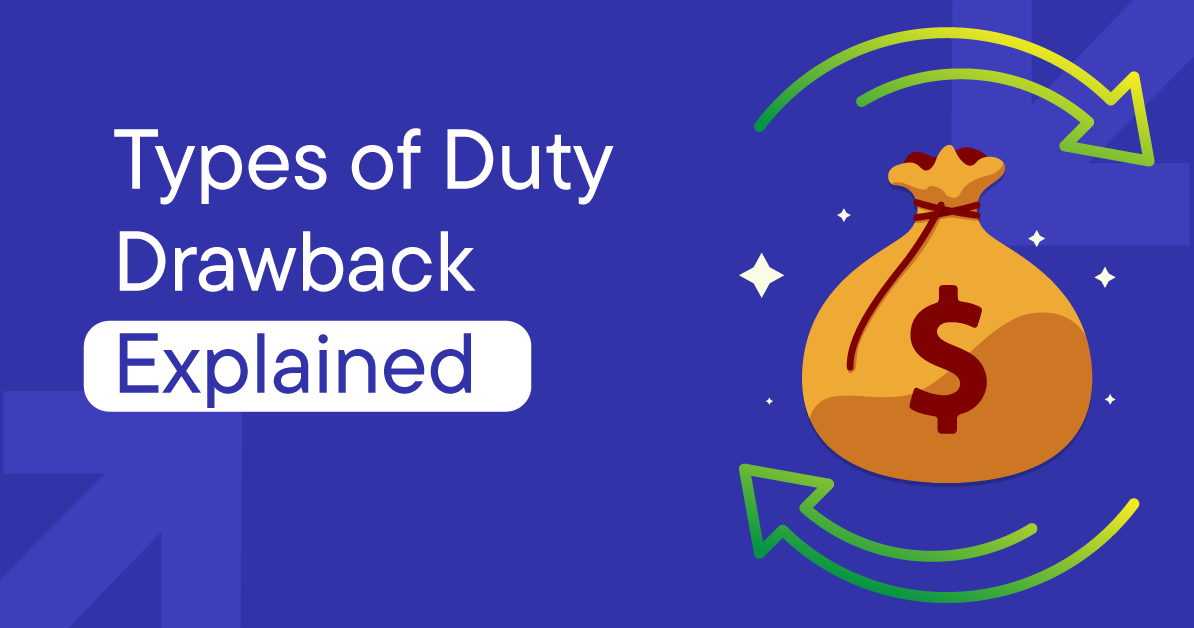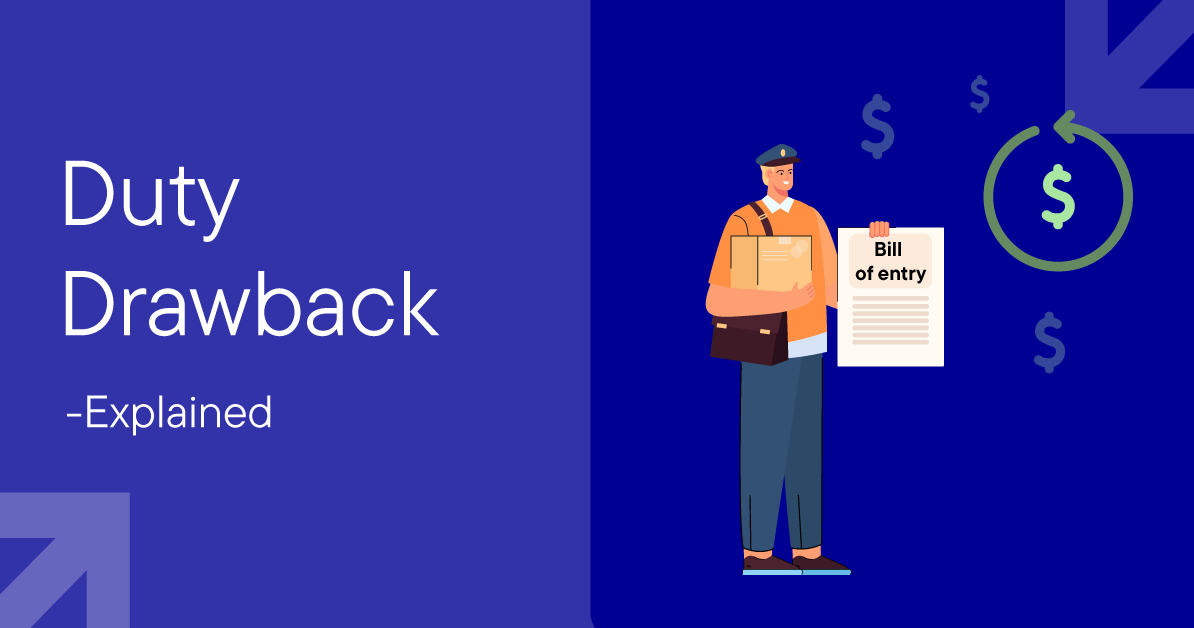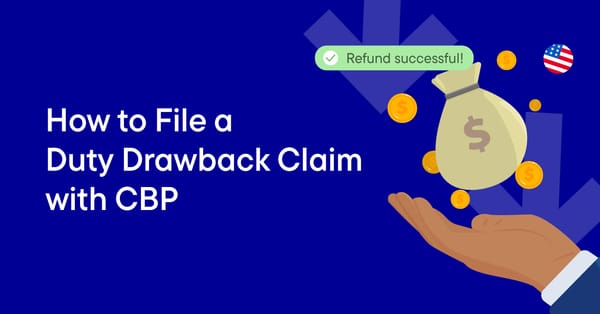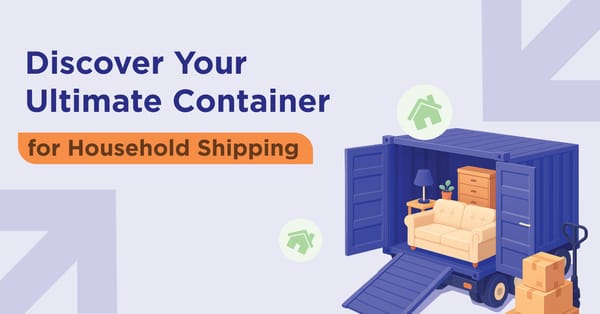9 Must-Know Tips for Shipping Auto Parts from Japan to the U.S.
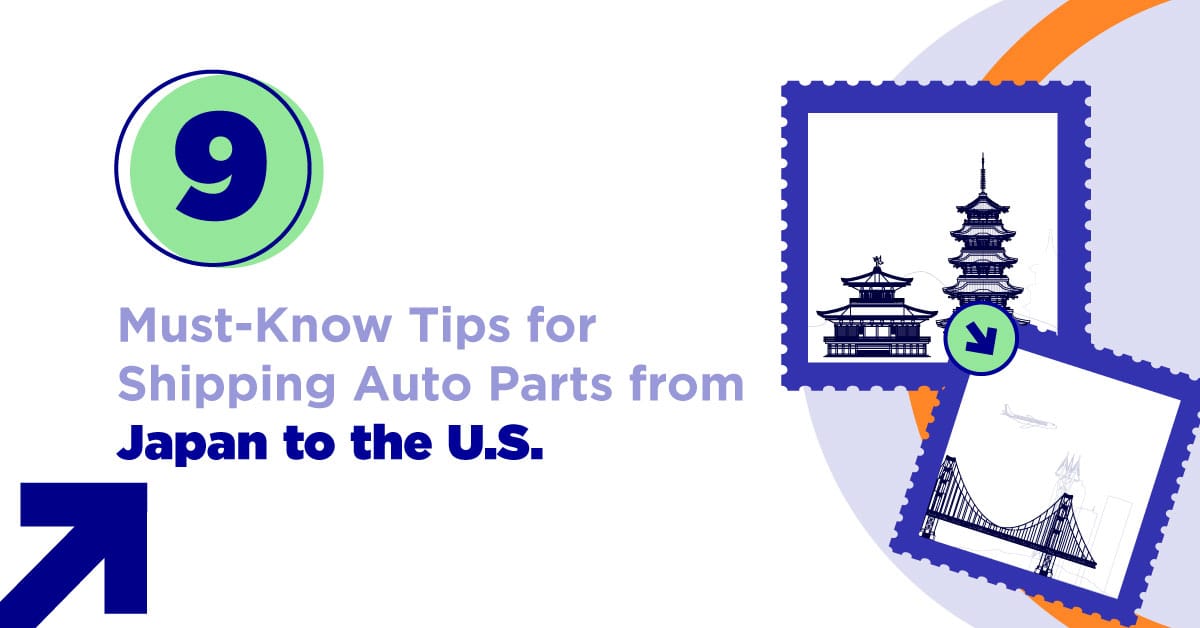
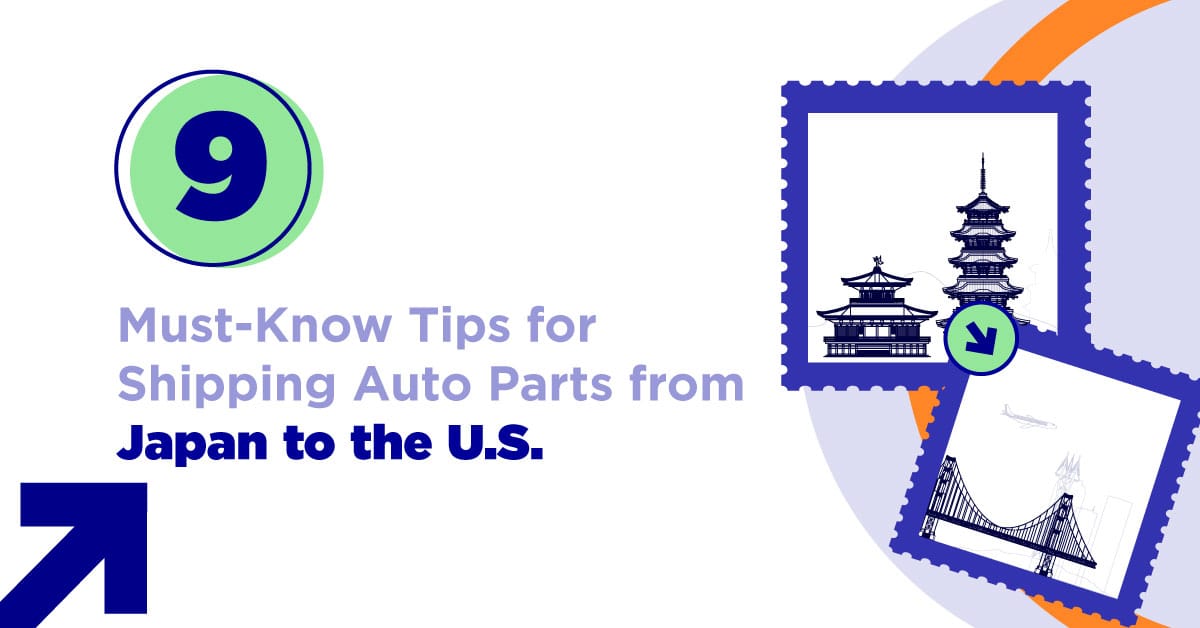
Good news for importers: The new U.S.–Japan trade agreement has officially kicked in, slashing the previous 25% tariff on Japanese imports down to 15%.
For those sourcing auto parts like engines, brake systems, electronics, or sensors, this opens the door to real cost savings and fresh opportunities.
But lower tariffs don’t mean fewer challenges.
Shipping auto parts from Japan to the U.S. still demands precision, logistics, compliance, and documentation need to be spot-on.
Whether you're a seasoned importer or just tapping into Japan’s supply chain in 2025, here are 10 things you need to know to ship smarter, faster, and more affordably.
Choosing the Right Shipping Method
Choosing the appropriate mode of transportation is the prime thing. Because if you choose the wrong mode of transportation, it might break your bank.
If you're importing engines, transmissions, chassis frames, brake disc sets, or any other bulky components from Japan, ocean freight is your most cost-effective option.
Also if you are importing a larger volume of auto parts, you should probably go for Full Container Load (FCL) and for smaller volume, we prefer you to go with Less than Container Load (LCL). Read
On the other hand, air freight is best for urgent or high-value parts such as electronic control units (ECUs), oxygen sensors, fuel injectors, turbochargers, or any other auto parts you wish to import into the USA.
Pro tip – A mix of air and ocean freight often delivers the best results. Want to know how? Let’s talk.
Understanding of Documentation
Documentation is your first layer of defense against delays, penalties, and extra costs. Because one mistake can disturb your entire business.
On the Japan export side, you’ll need a commercial invoice, packing list, and bill of lading. If you’re exporting controlled auto components (like airbags or electronic sensors), a Certificate of Origin and export permits may also be required.
Once the cargo lands in the U.S., the import side kicks in. Here, U.S. Customs and Border Protection (CBP) will expect a customs entry, ISF (Importer Security Filing), and accurate HS code classification for every part.
Additional paperwork, such as EPA or DOT compliance documentation may be needed for engine parts or electronics.
The above mentioned are the basic required documents, to know more you will need to contact an experienced freight forwarding company
Choosing ports wisely
Since most auto parts are shipped via ocean freight rather than air, selecting the right port pair, both origin and destination, is critical to keeping your costs down and your transit times predictable.
On the Japanese side, the top export ports for automotive components are Yokohama, Nagoya, and Kobe.
These ports are well-equipped for containerized shipments and closely connected to Japan’s major manufacturing hubs, making them the go-to gateways for engines, brake systems, and electronic parts.
On the U.S. side, where your goods arrive can significantly impact your bottom line. For importers serving the West Coast or Midwest, ports like Los Angeles, Long Beach, and Seattle are ideal.
These are among the busiest U.S. entry points for Japanese auto parts, offering frequent sailings and better infrastructure for quick unloading and onward distribution.
Popular port pairs like Nagoya to Long Beach or Yokohama to Los Angeles offer reliable ocean schedules and shorter transit times, typically around 12–16 days.
If you're targeting East Coast or Southern states, transloading at a West Coast port and trucking inward may still be more economical than longer direct ocean routes.
No matter what the route is, proper planning will help you save on inland freight, cut down delays, and better align inventory with your customer demand.
Know Your Duty Rates and Tariff Classifications
Duty rates might sound straightforward, but they rarely are. Auto parts fall under a wide range of HS codes, and even small classification differences can mean big cost changes.
For example, brake systems and electronic sensors may have completely different tariff rates, despite shipping together in the same container.
On top of that, tariff rates can change due to shifting trade agreements (like the recent U.S.–Japan deal), ongoing CBP rulings, or seasonal regulatory updates.
📌 Pro tip: Never assume last year’s duty rate applies this year.
That's why smart importers leave tariff classification to licensed customs experts who understand the nuances. Not only do they ensure accuracy, but they can also help you explore opportunities for reduced or exempted duty, like under FTAs or duty drawback programs.
Budget for All Associated Costs
Don’t make the mistake of budgeting for freight costs alone. When shipping auto parts from Japan to the USA, your total landed cost includes much more than just the ocean freight.
Here’s what else you should factor in:
🔧 Pro Tip: Request a landed cost breakdown before confirming your shipment, it helps avoid unpleasant surprises later.
Plan for Realistic Transit Times
If you're managing inventory flow or up against tight production schedules, building in accurate transit times is non-negotiable.
Here’s a rough estimate to guide your planning:
Tip: Always buffer extra days during peak season or holidays to avoid delays.
Ensure Proper Packaging for Transit Protection
You’re not shipping anything for free, so pack your investments wisely and with care.
Auto parts are often bulky, heavy, or sensitive to damage, making proper packaging non-negotiable for safe transit, especially over long ocean routes.
Use sturdy materials: Corrugated boxes with strong walls are suitable for lighter components.
Heavier parts like engines, gearboxes, or axles should be securely crated or palletized to withstand handling during ocean freight.
Prevent corrosion: For sea shipments, protect metal surfaces with VCI (Volatile Corrosion Inhibitor) films or wraps. Moisture during long voyages can lead to rust and degrade part quality.
Cushion and secure: Use foam inserts, bubble wrap, or packing peanuts to reduce shock. Prevent internal movement during transit, this is crucial for delicate electronic parts and sensors.
Label everything clearly: Mark all boxes with:
- “Automotive Parts”
- “Handle With Care”
- Destination and part number (if applicable)
Proper packaging not only ensures damage-free delivery, it can also speed up customs clearance and prevent insurance claim disputes.
Consider Seasonal and Peak Period Impacts
Timing is everything in shipping and peak seasons can throw your timeline and budget off track if you’re not prepared.
During high-demand periods like:
- September to November (holiday inventory rush)
- January to February (Chinese New Year disruptions)
…you’ll likely face:
- Higher shipping costs
- Longer transit times
Increased port congestion, especially at U.S. gateways like Los Angeles and Long Beach, which can delay deliveries by 5–10 extra days.
Pro tips to stay ahead:
- Book shipments early during peak seasons to secure space and better rates.
- Consider alternative U.S. ports (Seattle, Oakland, or even Gulf/East Coast options) if West Coast congestion is expected.
- Build buffer time into your supply chain for critical orders.
Smart planning during peak periods can make the difference between on-time delivery and frustrating delays.
Partner With a Freight Forwarder Who Knows Japan–USA Trade
Sourcing quality auto parts from Japan is a smart business. But navigating international logistics, compliance, duties, and carrier coordination? That’s where expertise matters.
And let’s be honest, you’re going to work with a freight forwarder anyway.
So why not choose one that already knows the ins and outs of Japan–USA auto part shipments?
At AIR 7 SEAS, We will help you
✅ Choose the most efficient port pair (Yokohama to LA? Nagoya to Seattle?)
✅ Accurately classify your goods to avoid costly duty errors
✅ Handle export/import documents without delays
✅ Coordinate with customs brokers, truckers, and warehouses
✅ Proactively manage timelines around peak season bottlenecks
With us, you're not just importing auto parts from Japan to the USA, you’re moving business forward.
Frequently Asked Questions
1) How much does it cost to ship auto parts from Japan to the USA?
Total costs include ocean freight ($1,500–$5,000+ depending on volume), 15% base customs duty, brokerage fees ($100–$500), port charges ($100–$300), and inland transport. Request a landed cost quote to get accurate pricing for your specific shipment.
2) What's the fastest way to ship auto parts from Japan to USA?
Air freight takes 3–5 days plus 1–3 days for customs, making it ideal for urgent parts like ECUs or sensors. Ocean freight to the West Coast takes 10–14 days. For the best balance, consider air freight for critical items and ocean freight for bulk orders.
3) What documents do I need to import auto parts from Japan?
You'll need a commercial invoice, packing list, bill of lading, ISF (Importer Security Filing), customs entry, and proper HS code classification. Certain parts like airbags or emissions components may require EPA/DOT compliance documentation.
4) Which Japanese ports are best for shipping auto parts to the USA? The top Japanese export ports are Yokohama, Nagoya, and Kobe. They're well-connected to manufacturing hubs and offer frequent sailings to US ports like Los Angeles, Long Beach, and Seattle with transit times of 12–16 days.
5) What are the current tariff rates for Japanese auto parts in 2025? A: The new U.S.–Japan trade agreement reduced tariffs to 15% (down from 25%) for most Japanese auto parts. However, rates vary by HS code classification, and some parts may still face Section 232 tariffs up to 25%. To know more call.


